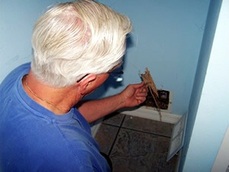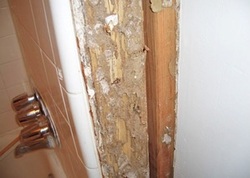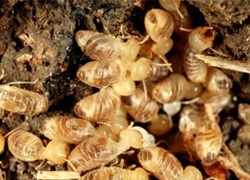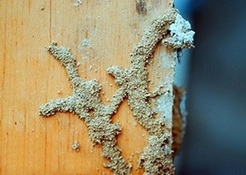What is a Termite Inspection? |

Finding out that your home has termites instills a sense of fear among most homeowners. You typically can't see or hear them and frequently only a trained inspector can find signs of infestation. Treatment by the homeowner for the control of termites is virtually impossible. Specialized equipment is used and experts have the knowledge necessary for control strategies.
How Termites Survive
Termites feed on wood and may also destroy paper products such as books, cardboard boxes, furniture and various other items. Even buildings with steel framing and masonry walls are targets because of wooden doors and window frames, wooden support beams (often hidden), cabinets or shelving within them.
There are more than 2,000 species of termites. The most damaging are roughly 20 species we call "subterranean" termites because of their nesting and foraging habits. Two of these, the Eastern Subterranean Termites and the Western Subterranean Termites, are by far the most common, widely distributed and most damaging in the U.S. What do they look like?
Termites have a "thick waist" where their abdomen is joined to their middle body region; but ants have a "pinched-in waist" at that point.
In addition, termites have antennae that look like a "string of beads", whereas ants have distinctly "elbowed" antennae.
How termites find their way into your home?
Subterranean termites build nests in the ground and may make underground tunnels or above-ground "shelter tubes" of mud and debris to connect their nests to their food.
They can enter a building without direct wood contact by coming through such tubes in the soil. Termites can enter buildings through racks, The racks should be cracks.They can find their way into a structure through an opening as small as 1/32nd of an inch. Termites can infest any building, whether constructed with a slab, basement or crawl space foundation. Look for the signs
Several possible signs of a termite infestation that a homeowner might see include: Pencil-sized diameter, or larger, mud tubes running across bare concrete or masonry between the soil and any wooden part of your building.
Preventive measures you can take
There are several things you can do as a homeowner to help prevent or avoid termite infestations including:

|
Give us a call:
(407) 892-8811 Or fill out below and we will contact you. |




